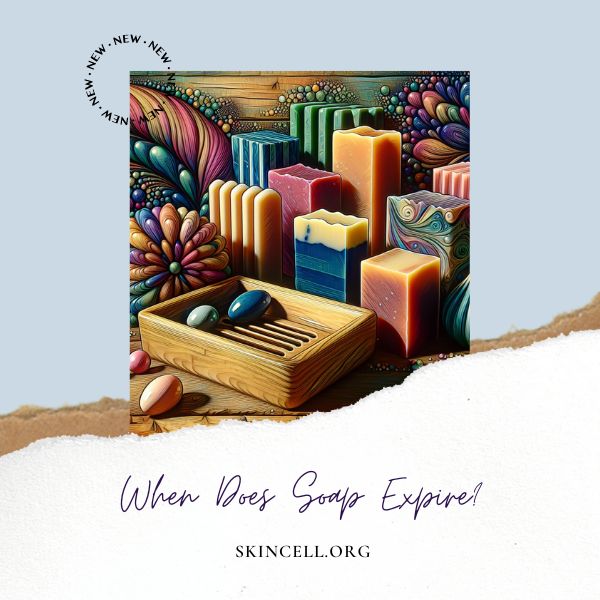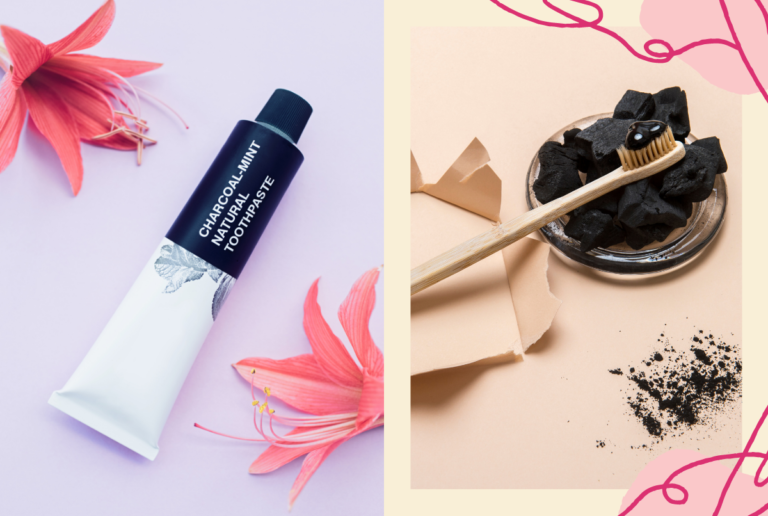When Does Soap Expire?
Ever wondered if soap has an expiration date?
It turns out, even your trusty bar or liquid soap doesn’t last forever. While it might not pose a health risk after its prime, its effectiveness and sensory qualities like scent and texture can degrade over time.
Whether it’s the bar in your shower or the liquid soap by your sink, understanding the shelf life of soap is key to keeping your cleaning routine up to snuff.
Well, we’ll be going over:
- What is the typical shelf life of different types of soap, and what factors influence it?
- How can you identify when your soap has passed its peak performance?
- What steps can you take to extend the life of your soap and ensure it remains effective for as long as possible?
Let’s get started.

What is the Shelf Life of Soap?
Understanding the shelf life of soap is crucial to ensuring you’re using a product that’s both safe and effective. Typically, commercially manufactured soap can last between 18 to 36 months, while handmade natural soaps may have a shorter lifespan of around 12 months. The variance in shelf life primarily depends on the ingredients and methods used in creation.
Key Points to Remember:
- Preservatives extend commercial soap’s longevity.
- Natural soaps often contain essential oils and fats that can turn rancid.
- Storage conditions play a crucial role; keeping soap in a cool, dry place away from direct sunlight helps preserve its quality.
It’s worth noting that while soap may not necessarily become harmful after its expiry date, its efficacy and aroma might diminish. Soap past its prime could potentially leave residues and not clean as effectively as its fresher counterparts.
Factors That Affect Soap Shelf Life
Several key elements can significantly influence the shelf life of your soap. Understanding these can help you maximize the longevity of your soap bars.
Ingredients play a pivotal role. Soaps made with natural elements like essential oils may spoil faster than those made with synthetic fragrances and preservatives. For instance, natural soaps often have a lifespan of about 12 months due to their organic components.
Storage conditions are equally crucial. Exposing soap to moisture, high temperatures, or direct sunlight can accelerate its degradation process. Ideally, store your soap in a cool, dry place to preserve its quality and extend its shelf life.
Lastly, the method of production impacts durability. Handmade soaps, which lack industrial preservatives, tend to spoil sooner than commercially manufactured ones. The latter often boasts a shelf life ranging from 18 to 36 months, thanks to stabilizers that protect against decay.
By paying attention to these factors, you’ll ensure your soap remains effective and enjoyable for as long as possible.
Signs Your Soap Has Expired
While soap does not expire in the traditional sense, it can certainly degrade or become less effective over time. Knowing the signs of this degradation is crucial to ensuring you’re using soap that’s still beneficial for your skincare routine.
Firstly, a noticeable change in color can indicate that your soap is past its prime. It may become duller or develop spots, signaling that it’s time to replace it. Additionally, a change in scent is a common sign of expired soap. If your soap once had a vibrant, pleasant aroma that has since faded or morphed into something less appealing, it’s a clear indication that the soap should no longer be used.
Another telltale sign is texture changes. Soap that once was firm and smooth might become excessively soft and mushy, or start to crumble, especially around the edges. This is often due to prolonged exposure to moisture, which accelerates degradation.
Lastly, if your soap no longer produces a rich lather, it might be losing its cleansing properties. A reduction in lather means the soap is less effective at binding with oil and dirt, reducing its cleaning efficacy.
Being aware of these signs will help you determine when it’s time to toss your bar or bottle of soap and replace it with a new one, ensuring optimal skin health and hygiene.
How to Extend the Shelf Life of Soap
Maximizing the shelf life of your soap involves a few simple yet effective steps. Proper storage is paramount. Ideally, you’d keep your soap in a cool, dry place away from direct sunlight and humidity. Bathrooms, often humid from showers and baths, may not always be the ideal storage space. Instead, consider a linen closet or a cabinet in a well-ventilated room.
For handmade or natural soaps, using a soap dish with drainage can prevent them from sitting in water and becoming soft or mushy. This small step ensures they dry out properly between uses, significantly extending their usability.
If you’ve bought soap in bulk, keep the excess bars in their original packaging until you’re ready to use them. For opened bars, wrapping them in wax paper can protect them from moisture and fragrance loss. Remember, the key to longevity is keeping them dry and cool.
By following these easy tips, you’ll not only prolong the life of your soaps but also enjoy their maximum benefits for a longer period.
Conclusion
Understanding the shelf life of soap and how to extend it ensures you’re getting the most out of your purchase. By paying attention to the ingredients, storage conditions, and signs of expiration, you can keep your soap in top condition for as long as possible.
Remember, the key to longevity lies in proper storage – cool, dry places away from moisture and sunlight are ideal. For those special handmade or natural soaps, a little extra care with a draining soap dish or wrapping in wax paper can make all the difference.
With these tips, you’re well-equipped to enjoy your favorite soaps for longer, ensuring they remain a delightful part of your daily routine.






